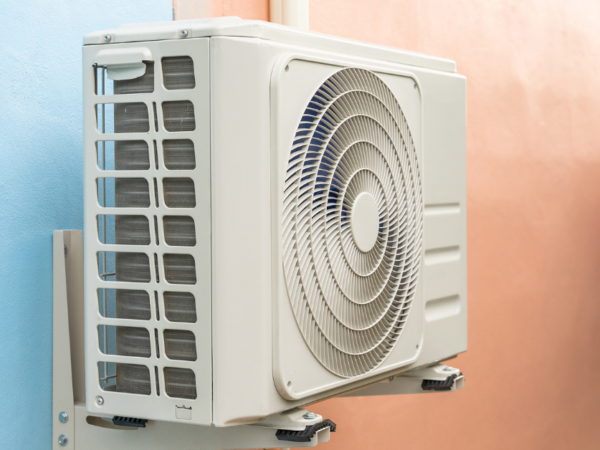
When you lose power in every room simultaneously, a power outage is usually the culprit. But what’s the cause when you lose power in just one room? Usually, there’s no need for worry, and it’s a simple fix that a homeowner can handle on their own.
But sometimes, it isn’t safe for a homeowner to work on, and you need the help of an experienced licensed electrician. Here are some common reasons, solutions, and tips to help you get the lights back on safely.
Scenario #1
You just got a new home entertainment system. It’s all set up, and you’re ready to watch the big game when POOF! everything in the room shuts off. In this case, it could be an overloaded electrical circuit resulting in a tripped circuit breaker or blown fuse. Your system detected a need for too much electricity, and it overloaded the outlet and broke the connection to prevent an electrical fire.
Solution: Go to your fuse panel or circuit breaker box and look for a blown fuse or tripped circuit to reset. If you have a fuse panel, you can tell if it’s a blown fuse because you’ll notice a gap in the wire, visible through the clear window at the top of the fuse. It might also look like a black smear. To repair, unscrew the old fuse and put a new one in. A tripped circuit is also easy to fix. Look for the circuit breaker in the “off” position or resting in the middle position. If it’s in the off position, flip it on. If it’s in the middle, be sure to switch it off before flipping back on. Problem: Solved!
Pro Tip: It’s important to have a licensed electrician ensure your home is set up to handle the amount of electricity your family requires. With ever-increasing electronics and appliances, we can’t assume our homes will continue to bear the load, especially in older homes that weren’t designed to accommodate much more than a few lights and a television or radio. We can assess your home’s electrical needs and recommend solutions to keep your home safe and your tech ready to go.
Scenario #2:
Everything looks fine when you check out the circuit breaker, but the power is still out! It might be your ground fault circuit interrupter outlet or GFCI outlet. What’s that, you might ask? A GFCI outlet automatically trips when they sense an electrical imbalance. They can trip in one area of the home and affect the power in another. How do they work? A GFCI outlet is always monitoring the electrical current flowing through a circuit. If it detects even a small fluctuation, it shuts down to prevent overload that could cause an outage or spark an electrical fire.
Solution: Check the GFCI outlets throughout the house. Press the “Test” button and listen for a click – if it doesn’t happen, the outlet has tripped. Press the “Reset” button, which should restore the power to this outlet and other areas of the home without power.
Pro Tip: Call your licensed electrician if the outlet continues to trip or fails to reset. There could be a larger, more serious electrical problem like a loose outlet wire or a defect at play. GFCIs are mandatory in certain rooms and within a determined distance from a water source, including near kitchen sinks, bathrooms, basements, garages, outdoor receptacles, laundry rooms, and crawl spaces. Older homes may not have these important protective devices.
Scenario #3:
You can’t find the culprit. It’s not the fuse panel or circuit breaker and all the GFCI outlets are on and working fine.
Solution: If you’ve explored these common causes and still can’t find the culprit, don’t worry, we can pinpoint the problem and restore power safely to your room. Faulty wiring may be to blame and that’s something only a licensed electrician should handle.
If you’re experiencing a power outage in one room, need more outlets to reduce the load of existing outlets, have an older home that doesn’t have any GFCI outlets, or just want an inspection of your home’s electrical system to put your mind at ease, give Griff Electric a call at (401) 293-5255.




